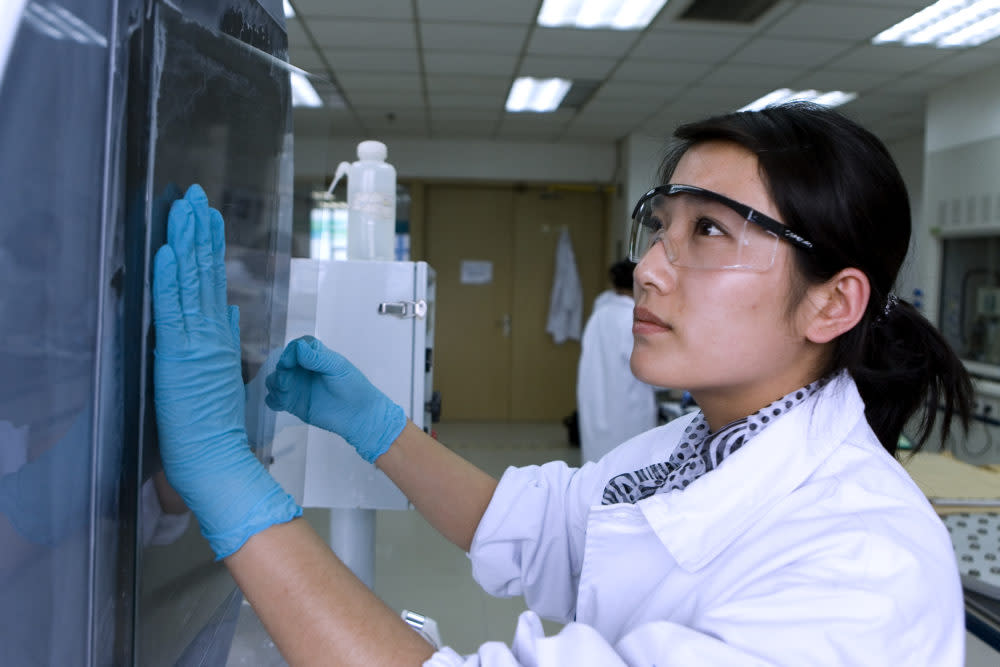A new study found that sexual harassment is often used to purposefully create hostile work environments

With the rise of the #MeToo movement and Time’s Up, the conversation around sexual harassment in the workplace is gaining more attention than ever. From making an outright proposition to inappropriate compliments and comments, in most industries, sexual harassment is finally getting the open conversation it warrants.
However, while we’re finally paying attention to harassment, researchers in industries across the world have been looking into abhorrent behavior and in the science academic community, the most pervasive form of sexual harassment is belittling and sexists jokes and comments meant to dissuade women from pursuing a career in various scientific fields.
After two years of research, the National Academies of Sciences, Engineering, and Medicine has released its study on sexual harassment in the science community, shedding light on what it has dubbed “gender harassment.”
The study found that outright sexual advances and propositions only made up a very small percentage of sexual harassment. Instead, the study done by the University of Texas — one of two university systems leading the study, the other being the Pennsylvania State system — found that one of the most prevalent kinds of harassment involves female students in the science, engineering, and medicine, and includes sexist and demeaning comments dissuading them from their studies due to their gender.
In fact, half of the female medical students and a quarter of female engineering students reported hearing sexist comments about women’s ability to succeed in the industry. But while what the study has dubbed “sexual hostility” may seem distinct from sexual harassment, the researchers draw a direct comparison between the two.
While focused on the science community, this study is a frustrating yet important look at how harassment is used in different ways, from outright unwanted advances to creating a hostile work environment and dissuading women from pursuing certain industries.
Read National Academies of Sciences, Engineering, and Medicine’s whole study on sexual harassment in the science community here.

